av Hugh Jackson Lawlor
971
First of 2 vols, see [48]. Ricemarsh or Rhygyfarch the wise, son of Sulien or Sulgenius. His father was Bishop of St Davids in Wales in the years 1072-1078 and 1080-1085. Rhygyfarch himself was a teacher in the school of St Davids, actually sited at Llanbadarn Fawr, The so-called Ricemarsh Psalter [including the martyology], housed as Dublin, Trinity College MS 50, is dated by the editor to c. 1076-1081. The Psalter is Jerome's translation from the Hebrew, and although the text is not reprinted in full in this edition, a collation is given against Domenico Vallarsi's edition, Sancti Eusebii Hieronymi stridonensis presbyteri operanum tomus nonus, Antonio Berno & Giacomo Vallarsi, Verona, 1738, coll. 1159ff, and Paul Anton de Lagarde, Psalterium iuxta Hebraeos Hieronymi, Teubner, Leipzig, 1874. The Martyology us an abbreviated recension of the Hieronymian martyrology and is close to the redaction in the Codex Epternacensis. The poem "The Lament of Ricemarch" is printed in an appendix taken from London, British Library, Cotton MS Faustina C.I., fol. 66. The wqhole edition is abundantly furnished with notes. See Kenney, n. 508; BCLL, nn. 31, 32, 123.

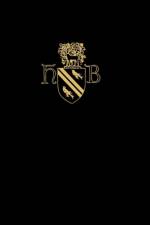

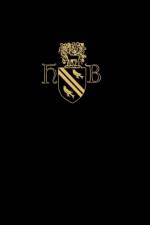
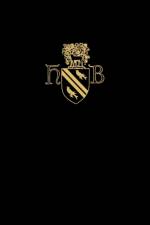
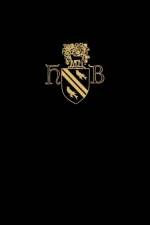
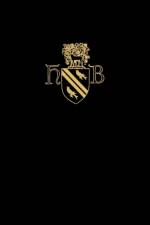

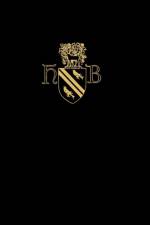
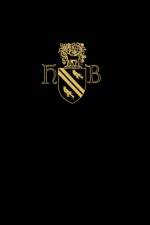
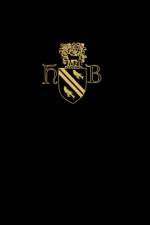
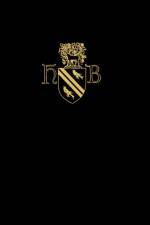
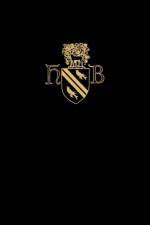
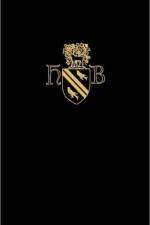
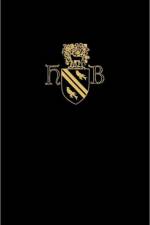

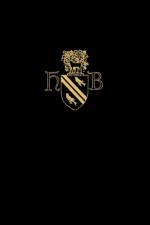
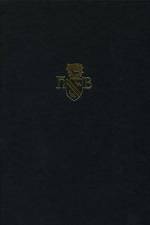
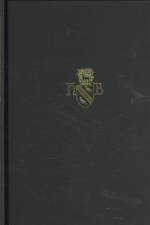
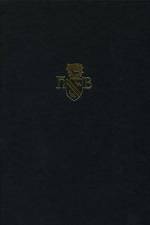

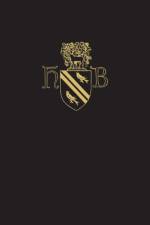

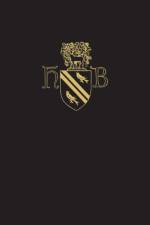
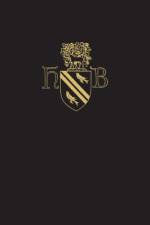
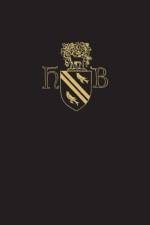
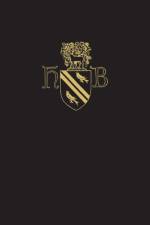
![The Winchcombe Sacramentary: Orleans, Bibliotheque municipale, 127 [105] af Anselme Davril](https://cdnbackdoor.tales.as/thumbnail/150x225/00102/39808/cover.1567896319.jpg)
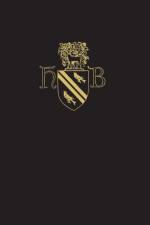
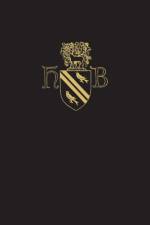
![The Ordinal of the Abbey of the Holy Trinity, Fecamp (Fecamp, Musee de la Benedictine, MS 186), II [containing parts II, III and IV] af David Chadd](https://cdnbackdoor.tales.as/thumbnail/150x225/00081/87694/cover.1536464895.jpg)